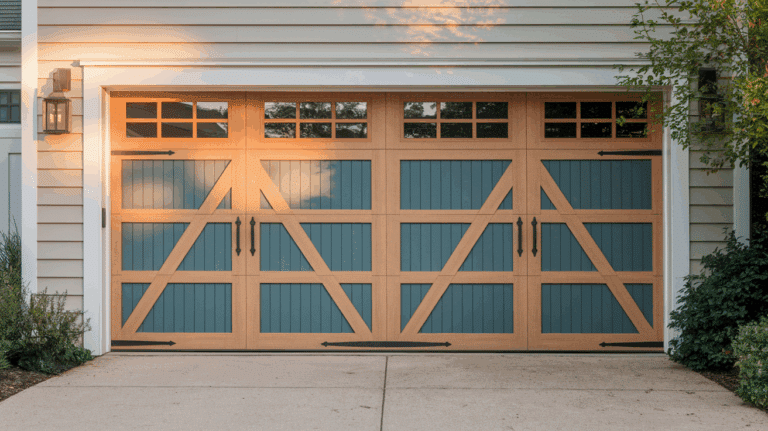DIY Installing a Microwave in Pantry
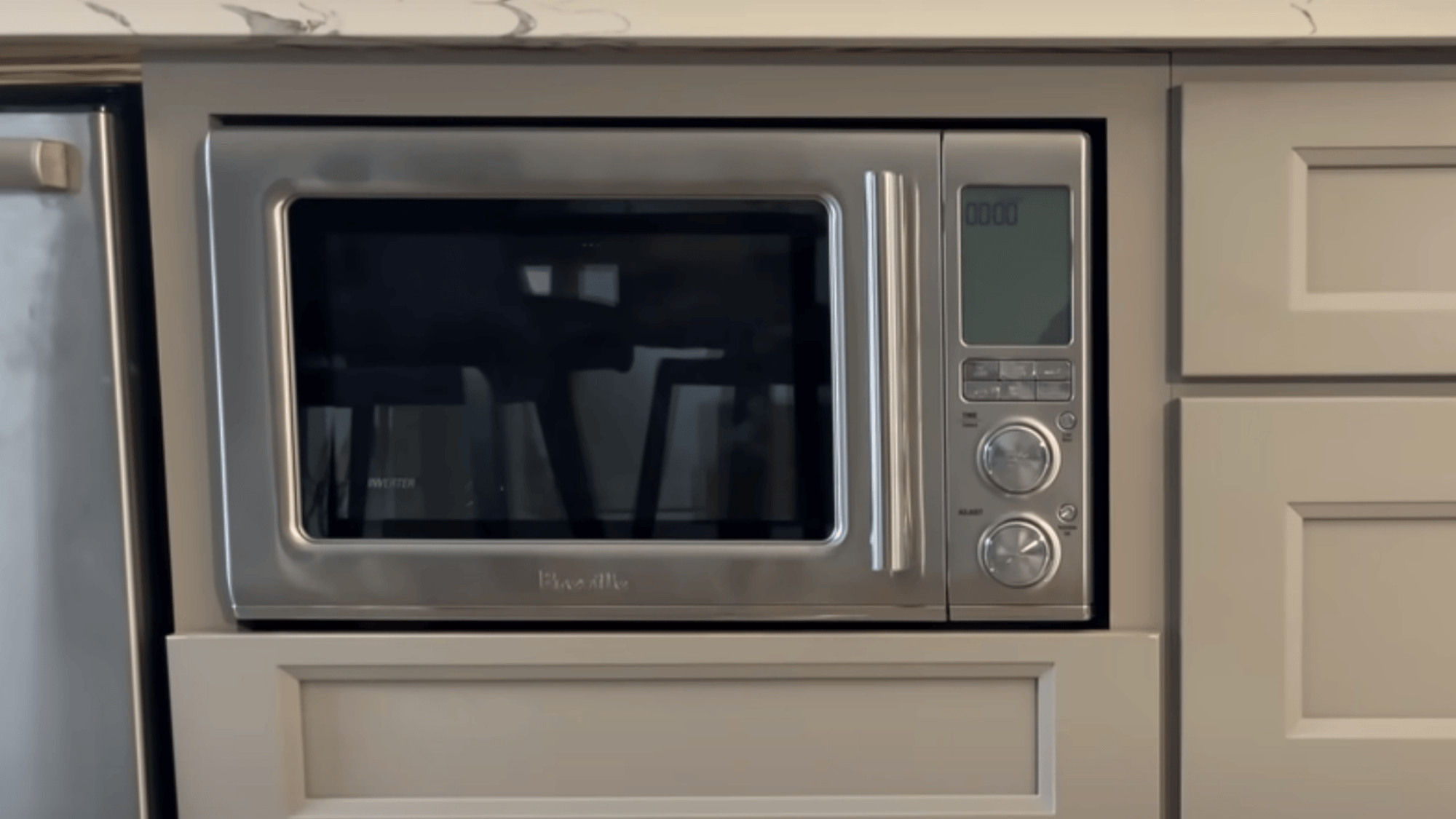
Installing a microwave in a pantry cabinet is a smart way to free up counter space and create a cleaner, more organized kitchen.
By tucking your microwave away, you can keep your kitchen looking tidy while still having easy access to it.
If you’re remodeling or simply looking for a space-saving solution, this guide will walk you through the process of safely installing a microwave in your pantry, ensuring a neat setup that works for your needs.
Here’s how to get it done!
Things to Set Yourself Up for Installation
Setting yourself up for a smooth drywall ceiling installation starts with thorough preparation.
Begin by clearing the workspace of any obstacles and ensuring proper lighting for clear visibility. Gather all necessary tools and materials, including drywall sheets, screws, a drill, measuring tape, and a chalk line.
Inspect the ceiling joists and framing to confirm they are level and structurally sound. Plan the layout by marking reference lines carefully.
Having a helper can make handling drywall panels easier and safer.
Proper preparation minimizes delays, reduces mistakes, and sets the stage for a faster, more efficient installation process with professional results.
Tools Required for Installation
Here’s a table listing the typical materials and tools you’ll need for DIY installation of a microwave in a pantry.
| TOOL | ESTIMATED PRICE (USD) |
|---|---|
| Drill and Drill Bits | $40 – $100 |
| Screwdriver | $5 – $15 |
| Measuring Tape | $5 – $10 |
| Level | $7 – $20 |
| Stud Finder | $15 – $30 |
| Utility Knife | $3 – $10 |
| Pencil or Marker | $1 – $5 |
| Safety Glasses | $3 – $15 |
| Work Gloves | $5 – $15 |
| Tape (Painter’s or Masking) | $3 – $10 |
*Prices may vary according to region
Step-by-Step Installation Guide
Follow these steps to successfully install your microwave in a pantry cabinet:
Step 1: Measure the Cabinet and Microwave
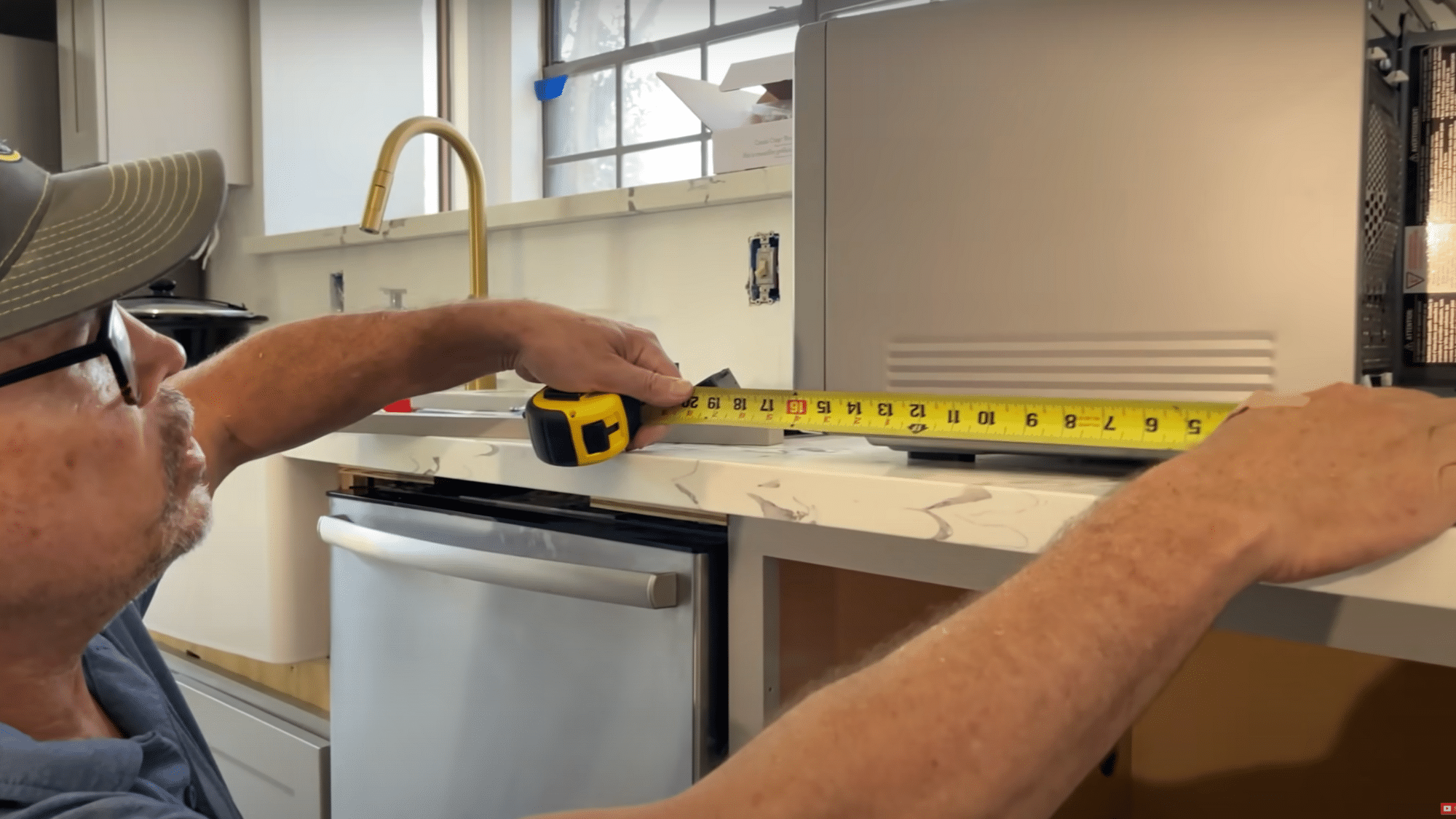
- Take Accurate Measurements: Measure the height, width, and depth of the pantry cabinet. Compare these measurements with the microwave’s dimensions to make sure it fits comfortably.
- Account for Ventilation: Leave extra room for airflow around the microwave, especially if it’s a model that requires venting. Ensure there’s enough space in the back or sides for proper air circulation.
Step 2: Remove the Cabinet Shelves (if necessary)
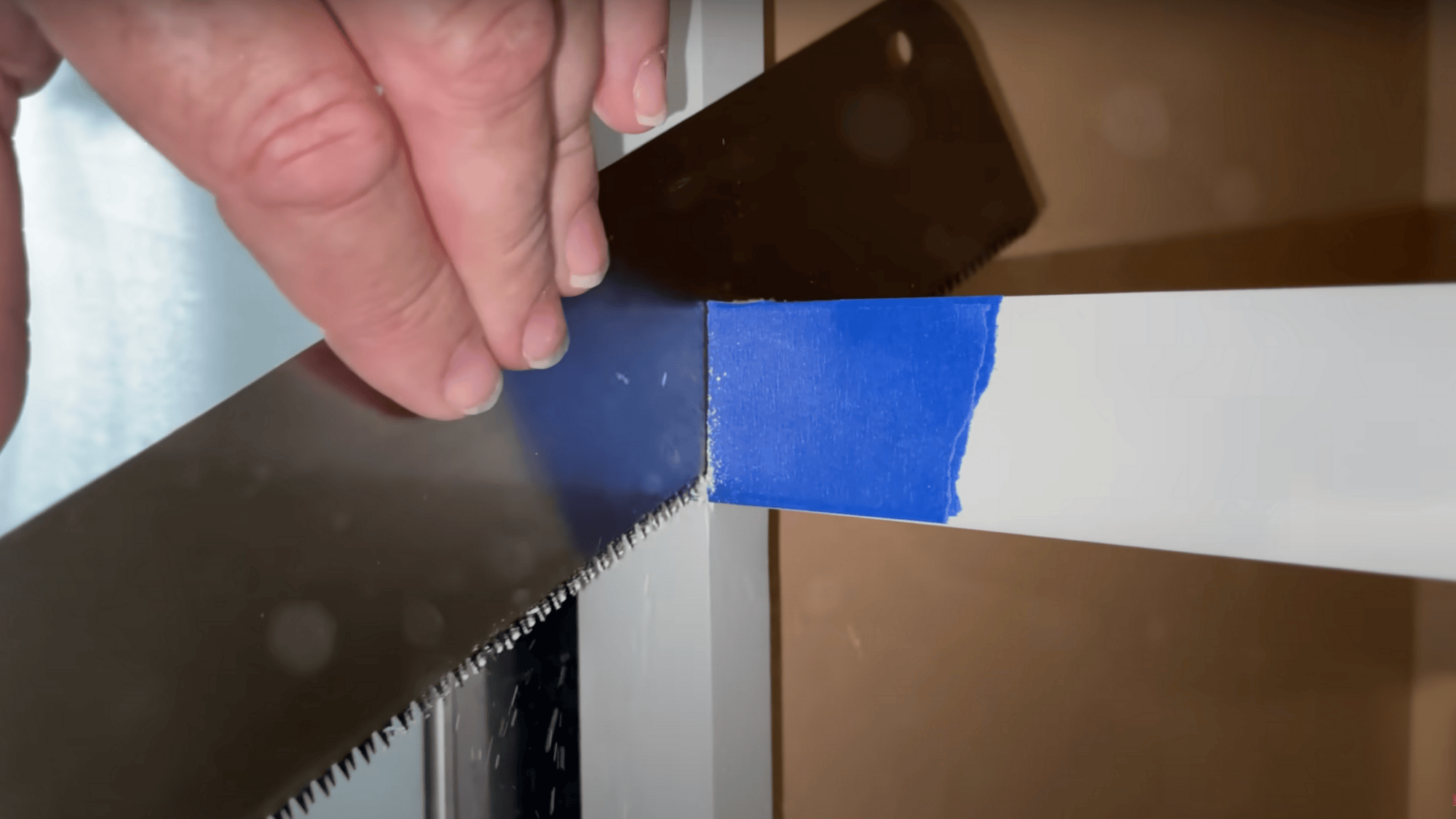
- Create space for the microwave by removing or adjusting shelves in your cabinet. Decide which shelves need to be taken out or lowered to make room for the appliance.
- Measure Again: After removing the shelves, double-check the space to ensure it aligns with your microwave’s size.
Step 3: Create a Ventilation Solution
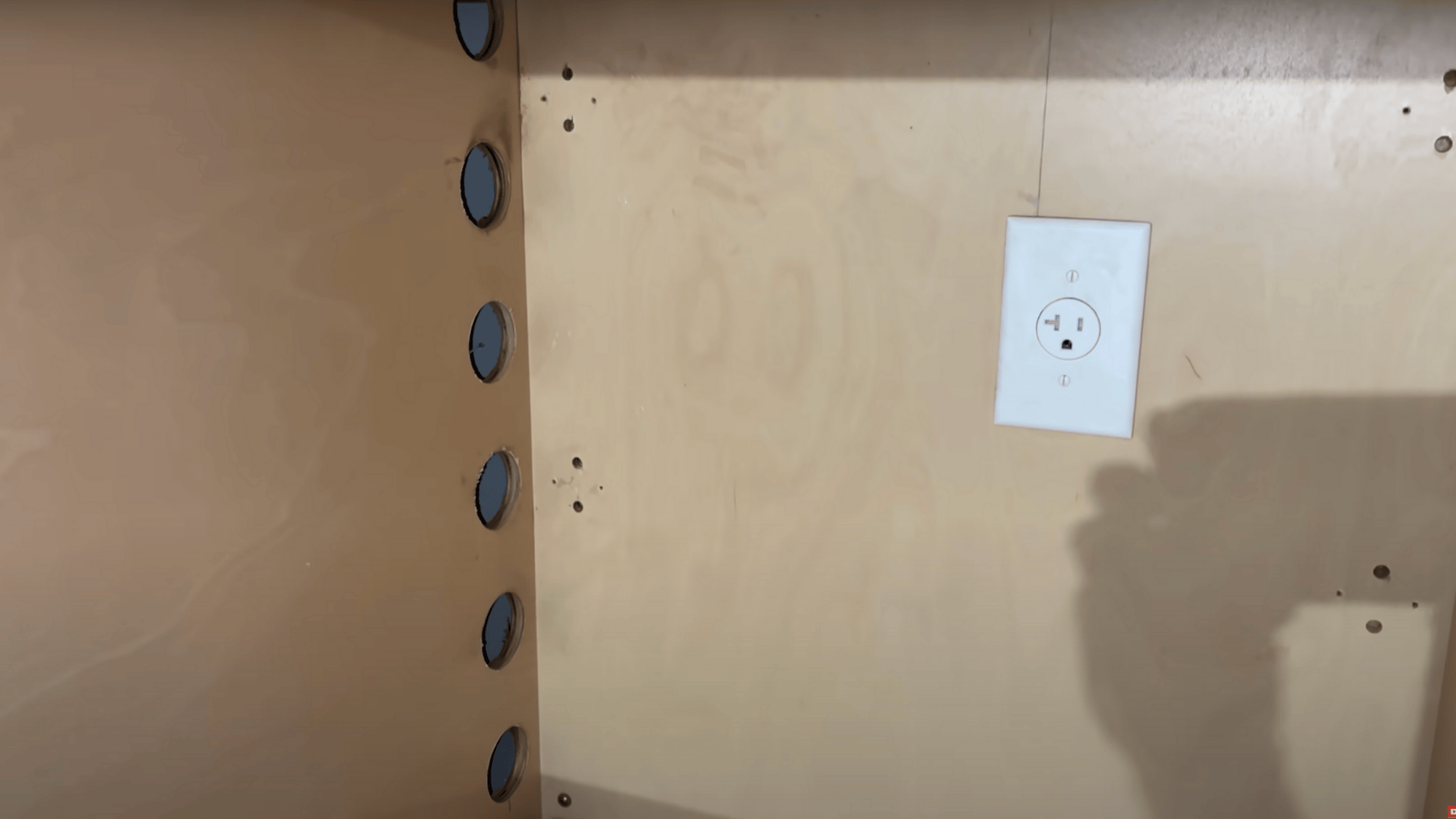
- Proper Venting is Essential: Ensure your microwave has adequate ventilation in the cabinet. This can be achieved by adding vent holes on the back or side of the cabinet, or by leaving enough space behind the microwave to allow airflow.
- Consult the Microwave Manual: Review the installation guide that came with your microwave to confirm the ventilation requirements. Some models may need additional venting solutions, especially if they are built-in models.
Step 4: Install the Microwave
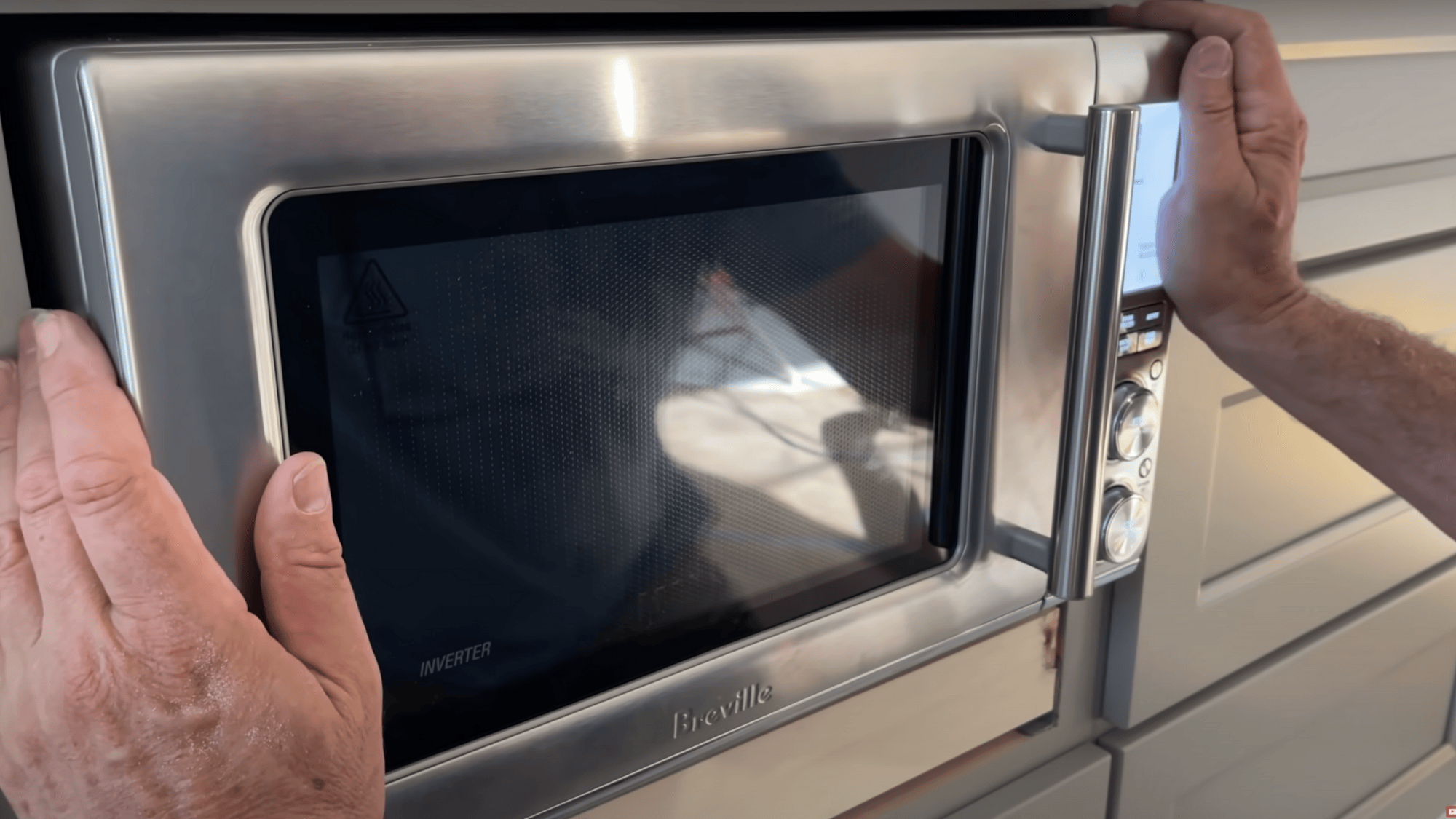
- Place the Microwave in Position: Carefully lift and place the microwave inside the pantry cabinet. Ensure it’s positioned securely and centered within the space.
- Level the Microwave: Use a level to make sure the microwave sits evenly. This helps with functionality and ensures the microwave doesn’t move over time.
Step 5: Connect the Power Supply
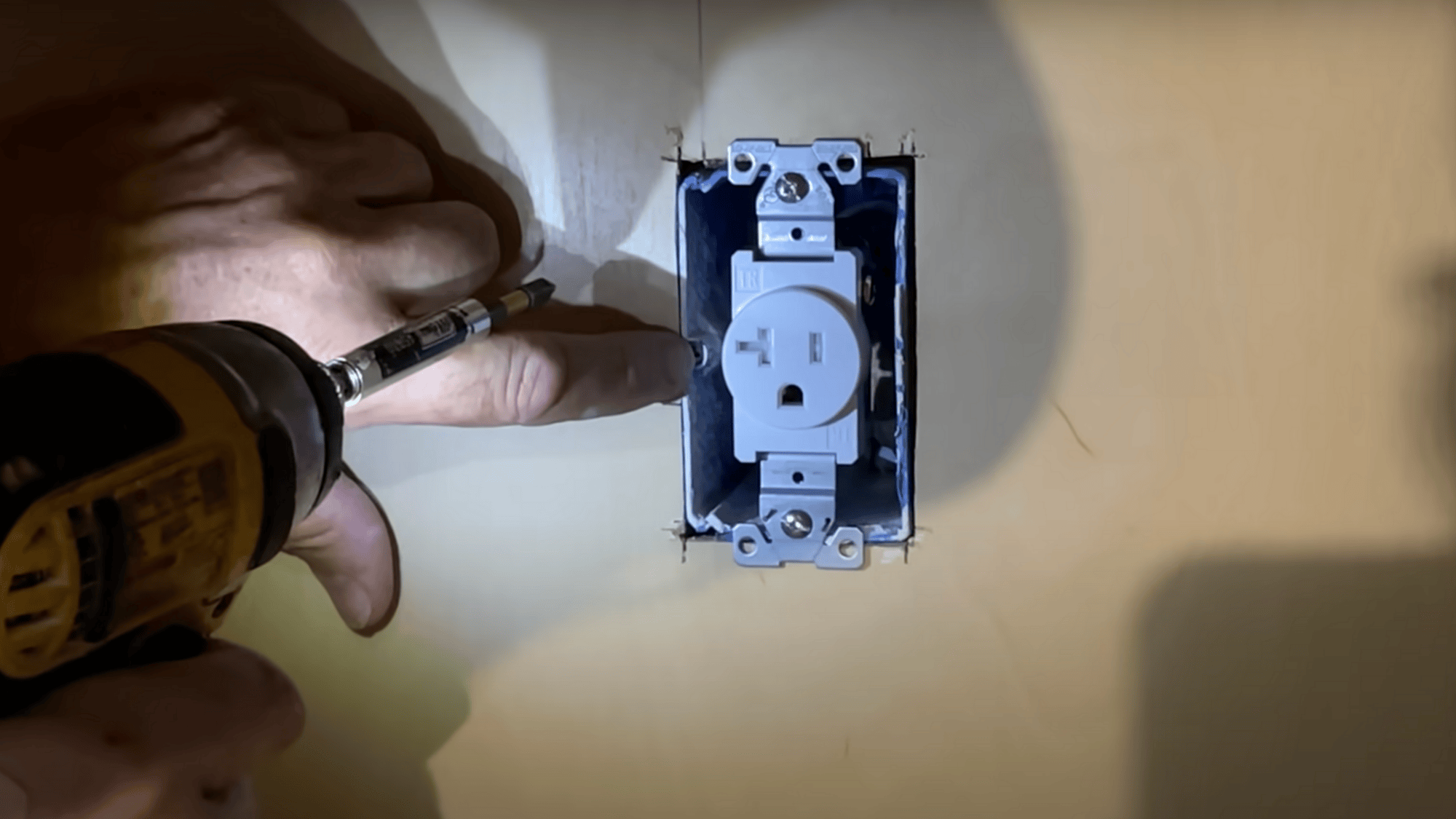
- Plug into an Outlet: If the cabinet is near a power source, plug the microwave directly into the outlet. Be sure that the outlet can handle the microwave’s wattage.
- Consider an Extension Cord: If the outlet is too far, consider using a heavy-duty extension cord. However, avoid using a power strip, as it may not provide enough power for the microwave.
Hire an Electrician if Needed: If your pantry lacks a nearby outlet, you may need to install one. It’s best to consult an electrician for this task to ensure safety.
Video Walkthrough: See How Experts Do It
For further reference, you can watch the YouTube videoGetting THIS Microwave in an IMPOSSIBLE Opening.
DIY Microwave Installation vs. Hiring an Electrician
Each choice comes with its own set of advantages and challenges.
To help you make an informed decision, we’ve created a comparison table that outlines the key factors to consider:
| FACTOR | DIY INSTALLATION | HIRING AN ELECTRICIAN |
|---|---|---|
| Cost | Low cost, only the price of materials and tools. | Higher cost – electrician fees, materials, and labor. |
| Skill Required | Basic skills in measuring, fitting, and electrical work. | Requires professional skills for electrical connections. |
| Time | Can take a few hours, depending on experience. | May take less time for a professional |
| Electrical Work | Must be familiar with handling electrical outlets safely. | Professionals ensure safe and up-to-code electrical work. |
| Safety | Potential for errors, risk of incorrect installation, or electrical hazards. | Professional ensures safe installation and compliance with codes. |
| Long-Term Reliability | Might risk damage if installation is done improperly. | Guaranteed to meet safety standards and long-term reliability. |
| Customization | Full control over the installation process and positioning. | Limited customization based on the electrician’s approach. |
Tip: If your installation requires new electrical circuits or outlet modifications, always hire a professional electrician to ensure code compliance and safety.
The Bottom Line
Installing a microwave in your pantry cabinet can be a great way to save space and keep your kitchen organized.
If you decide to tackle the installation yourself or hire an electrician, it’s important to consider factors like safety, time, cost, and the level of skill required.
DIY installation can be a rewarding and cost-effective option if you have the right tools and confidence, but hiring a professional ensures that the job is done safely and up to code.
No matter which path you take, following the proper steps and ensuring everything is securely installed will give you a functional, clutter-free kitchen.





